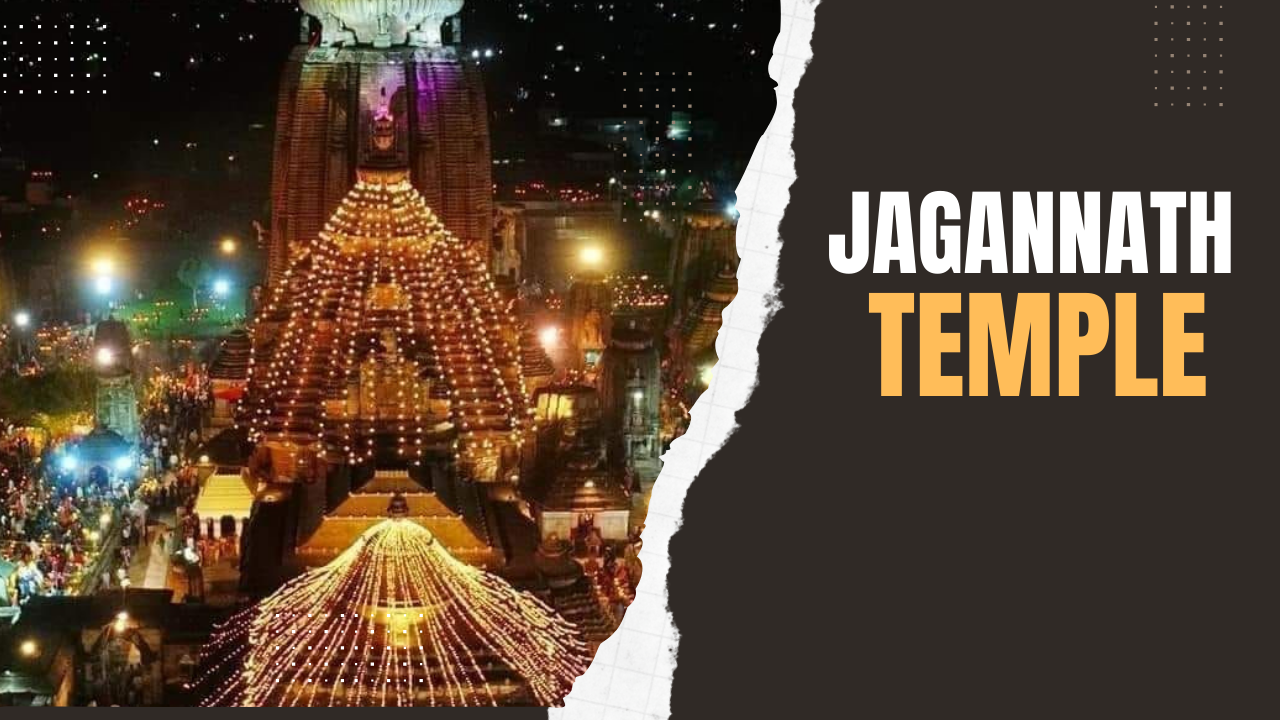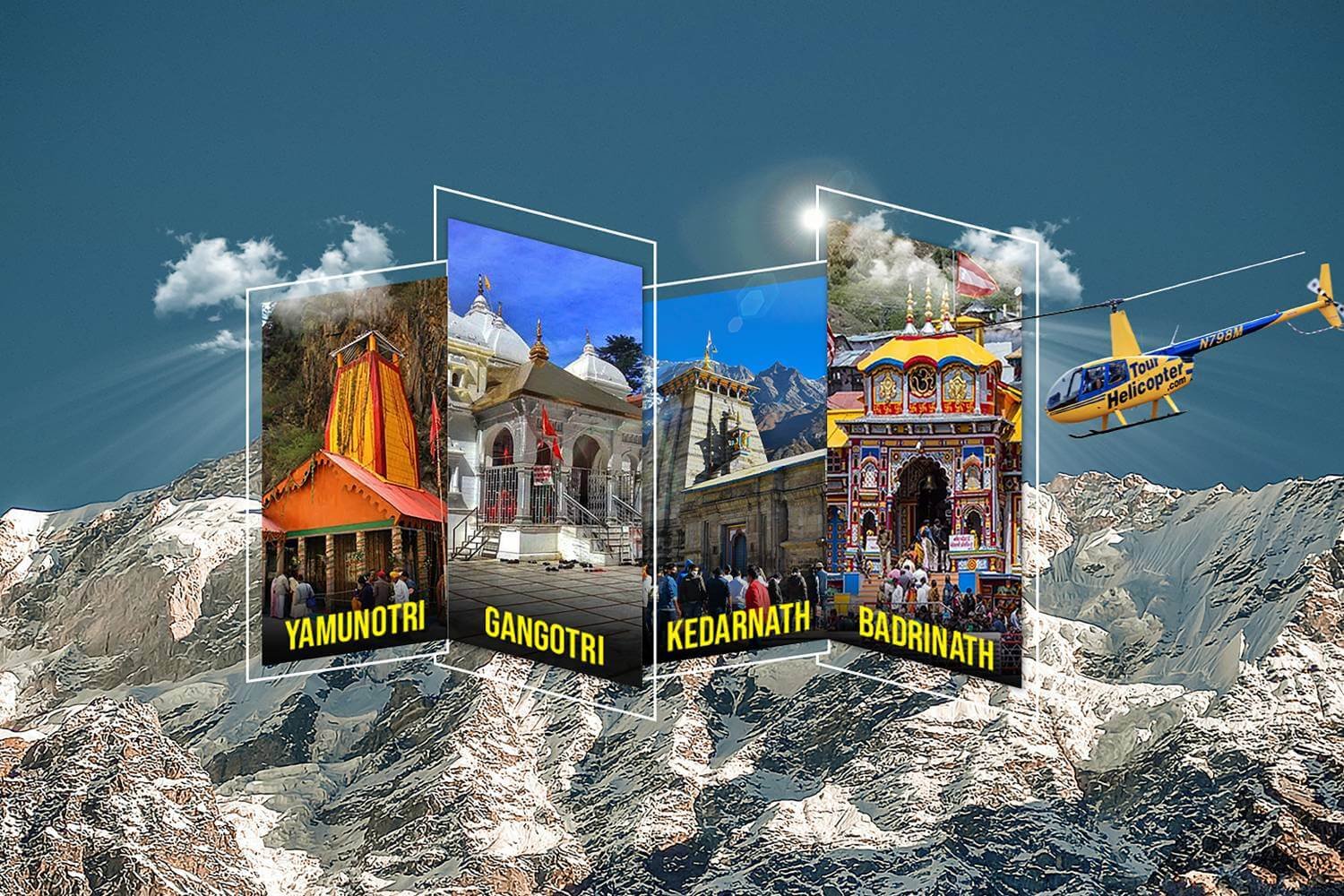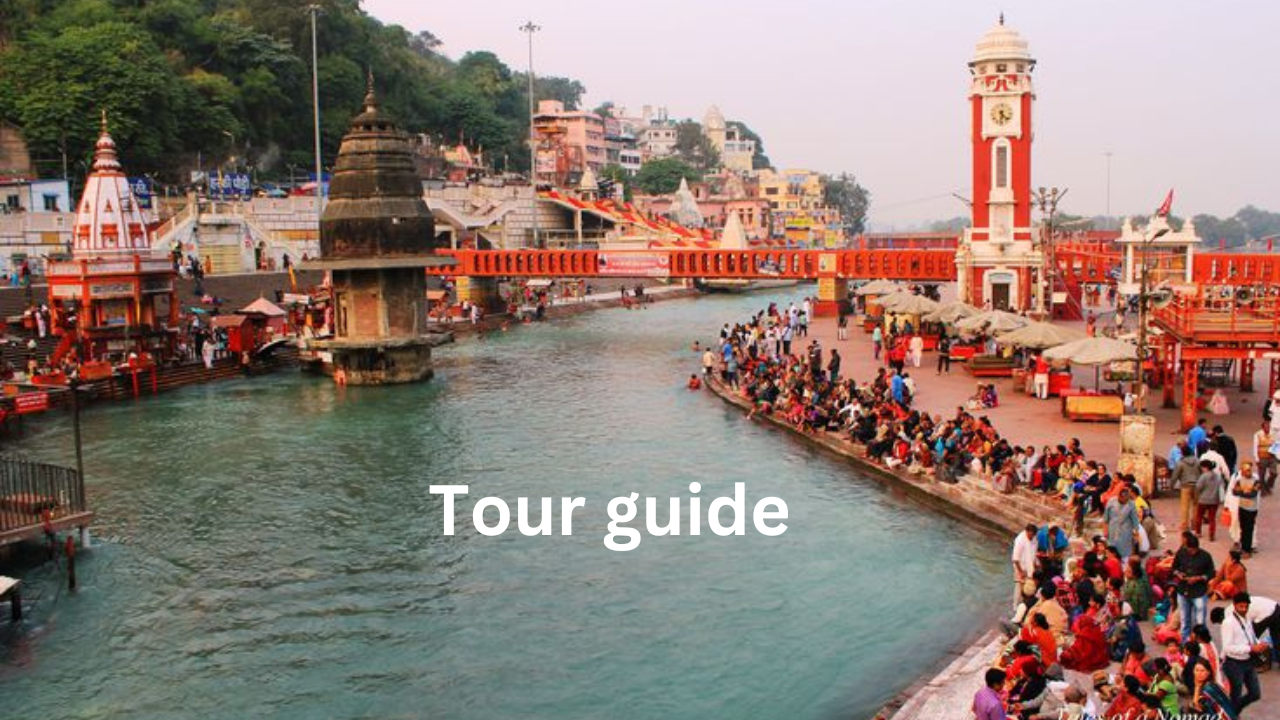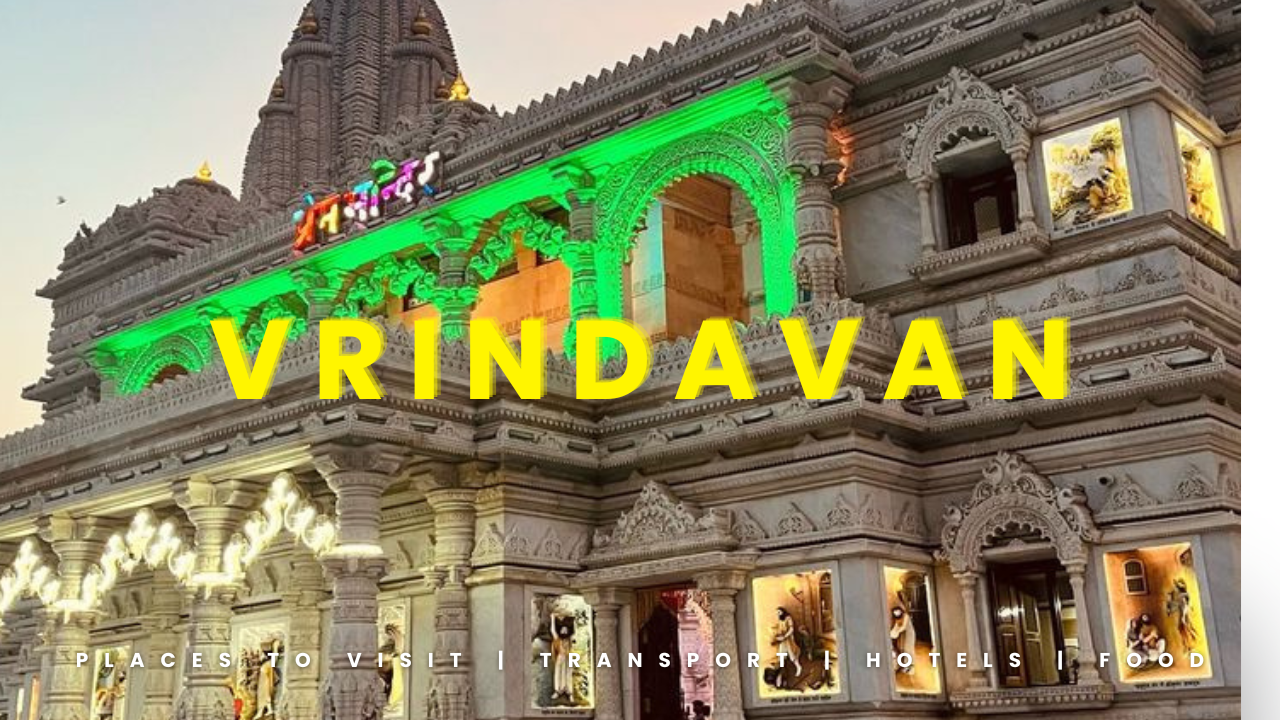The Jagannath Temple, located in the coastal city of Puri in Odisha, India, is one of the most sacred and important Hindu temples in the country. Dedicated to Lord Jagannath, a form of Lord Vishnu, the temple is a symbol of spiritual heritage, architectural brilliance, and cultural richness. Its origins date back over a thousand years and it attracts millions of devotees and tourists every year.

Historical Significance
The Jagannath Temple was built in the 12th century by King Anantavarman Chodaganga Deva of the Eastern Ganga Dynasty. Although worship of Lord Jagannath predates the temple, evidence suggests that the deity was worshipped by tribal communities long before the establishment of formal Hindu practices. The temple represents a synthesis of tribal and Aryan traditions, reflecting the inclusiveness of Indian spirituality.
According to legend, the main deity of the temple, Lord Jagannath, along with his siblings Balabhadra and Subhadra, were created by a divine craftsman named Vishwakarma. The idols are made of wood and are ceremoniously replaced every 12 to 19 years in a ritual called Nabakalebar, which symbolizes renewal and continuity. The story behind their origin is deeply rooted in Hindu mythology.
The Story of Lord Jagannath
The story of Lord Jagannath’s origin is both fascinating and spiritually profound. According to mythology, King Indradyumna, a devout ruler and a great devotee of Lord Vishnu, had a dream in which the Lord instructed him to build a temple and install his idol there. The king set out in search of the divine figure and found an ancient log of wood floating in the sea near Puri.
The celestial architect Vishwakarma appeared in the guise of a carpenter and offered to make the idols of Lord Jagannath, Balabhadra and Subhadra from the sacred wood. However, he laid down the condition that he would have to work in complete seclusion for 21 days. Despite the initial consent, King Indradyumna, driven by curiosity and anxiety, entered the workshop before the scheduled time, interrupting the divine work. As a result, Vishwakarma abandoned the task, leaving the idols incomplete, with no arms or legs. However, Lord Vishnu assured the king that these unfinished forms are equally sacred and will embody His divine essence.
This legend emphasizes the mystery of faith, devotion and divine will, which inspires millions.

Architectural grandeur
The architecture of the Jagannath temple is a fine example of the Kalinga style, characterized by its curved towers and intricate carvings. The temple complex covers an area of over 400,000 square feet and is surrounded by a massive 20-foot-high wall called the Meghanad Pacheri. The main temple, or the Sri Mandir, stands at a height of 65 meters and is topped by the Neelachakra, a wheel made of eight metals that is considered highly sacred.
The temple complex includes:
Bada Deula (main temple): The deities of Jagannath, Balabhadra and Subhadra are enshrined here.
Mukhshala: A veranda for prayers.
Nata Mandir: A hall for music and dance performances.
Bhog Mandap: A hall where offerings are made to the deities.
The temple architecture is adorned with sculptures depicting scenes from Hindu mythology, daily life and the natural world. Despite its age, the temple structure has withstood natural disasters, a testimony to the ingenuity of ancient Indian engineers.
Spiritual Practices and Rituals
The Jagannath temple is unique in its customs and rituals, which are different from other Vishnu temples. The deities are served elaborate meals daily, collectively known as Mahaprasad. The Mahaprasad, prepared in the temple’s huge kitchen, is cooked in earthen pots over a wood fire and is believed to be sanctified by the deities themselves. This food is distributed among the devotees as a blessing.
The temple celebrates a calendar of festivals every year, the most famous of which is the Rath Yatra or chariot festival. During this grand event, the deities are placed on huge wooden chariots and taken around the streets of Puri, allowing devotees to catch a glimpse of the deities. The Rath Yatra is an occasion of great spiritual fervour, attended by millions from all over the world.
Cultural and social impact
The Jagannath Temple is more than just a religious site; it is a cultural hub. Its traditions have influenced various art forms, including dance, music, and literature. Odissi dance, one of India’s classical dance forms, has its roots in the devotional practices of the temple.
The temple also promotes inclusivity. Unlike many Hindu temples, where only certain communities are allowed in, the rituals and festivals of the Jagannath Temple integrate tribal and folk traditions. The annual Rath Yatra exemplifies this inclusivity, as people from all regions participate in pulling the chariot, symbolizing unity and equality.
Mysteries and Legends about Jagannath Temple
The Jagannath Temple is surrounded by mysteries and legends that add to its charm:
Neelachakra: The temple flag atop the Neelachakra always flutters against the wind, challenging the natural laws.
Calm Sea: Despite being close to the Bay of Bengal, the area around the temple is always calm, with no sound of waves heard inside the premises.
Unchanged Quantity of Mahaprasad: No matter the number of devotees, the quantity of Mahaprasad cooked never reduces, and there is no wastage.
Accessibility and Tourism
The Jagannath Temple is located in Puri, about 60 km from Bhubaneswar, the capital of Odisha. The city is well connected by road, rail and air, making it easy for pilgrims and tourists to reach here.
Nearby attractions include:
Puri Beach: A serene stretch of golden sand that is ideal for relaxation.
Konark Sun Temple: UNESCO World Heritage Site located about 35 kilometers from Puri.
Chilika Lake: Asia’s largest saltwater lake, home to diverse flora and fauna.
Visitors should note that only Hindus are allowed inside the main temple. Non-Hindus can view the temple from outside or from the rooftops of nearby buildings.

Challenges and Conservation
The Jagannath Temple faces challenges related to conservation and crowd management. The Archaeological Survey of India (ASI) oversees its maintenance, ensuring that the structure remains intact for future generations. Efforts are also being made to manage the influx of pilgrims during festivals to prevent overcrowding and ensure safety.
The Jagannath Temple is not just a place of worship but a living testimony to India’s spiritual and cultural heritage. Its timeless appeal lies in its ability to blend devotion, art and history, providing a glimpse into the profound philosophy that underlies Hinduism. For devotees and travellers, the temple is a symbol of faith, unity and inspiration.






